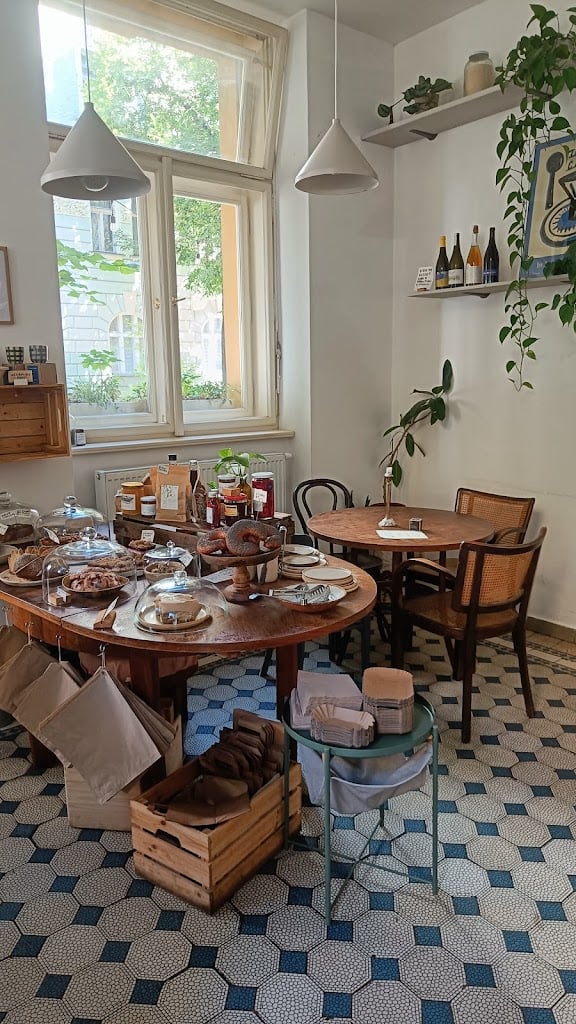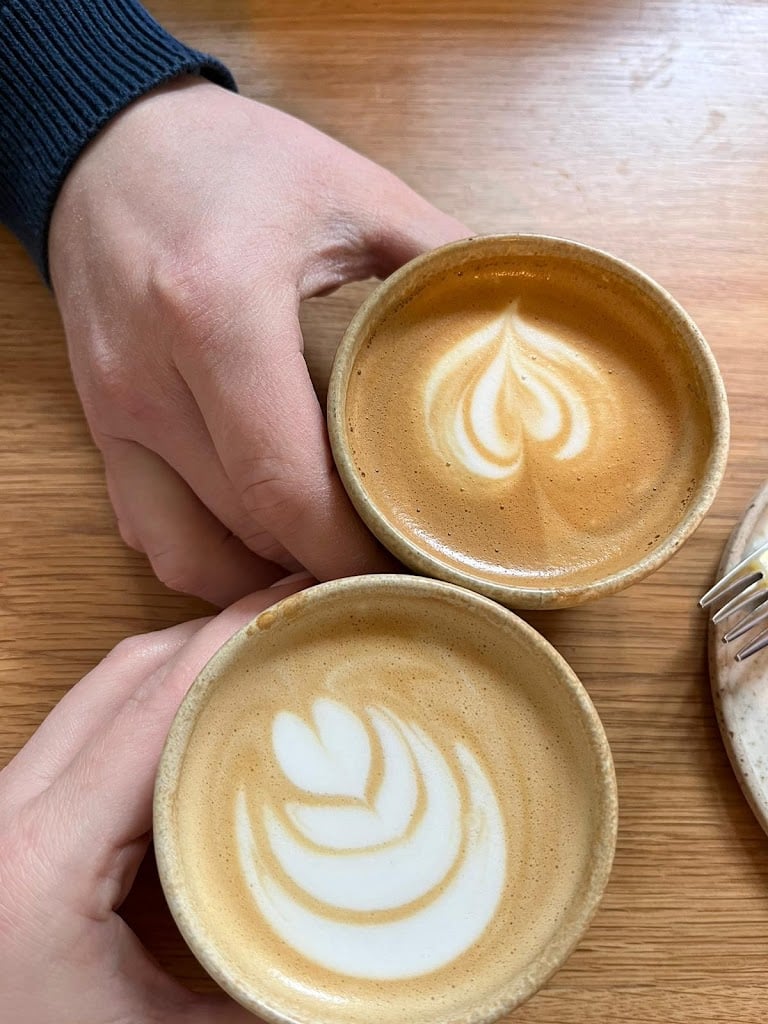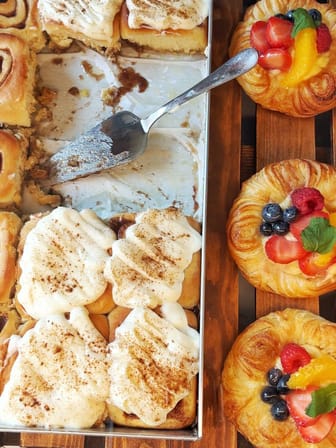Etapa





What people say
Vanessa Blaho
Available for hire
"Why is a brunch place full every day of the week at every hour no matter the season? Besides having a great menu, this is what happens when food bloggers open their own place. Popular food bloggers. If you can’t make it in for a meal, grab something from their counter : a brownie, loaf of bread or other pastry. If you’re not leaving Prague without trying their fermented veggies and scrambled eggs then take your breakfast to go and eat across the street at the small green space in front of Socha Intelligence. "
Read more in:
Lucie Soukalova
"My most favorite brunch spot in Prague! Their menu is always adjusted seasonally, and all ingredients are from small local Czech farmers. Everything is vegetarian or vegan.
I recommend going there on weekdays as it is usually very crowded during the weekend. Alternatively, you can make a reservation on their website!
During summer, they even have a few tables outside on the beautiful streets of Karlín neighborhood. Definitely go for a walk afterward! :) "
Read more in:
sara shepherd
Available for hire
"Had too many snacks from the farmer's markets to finish otherwise I would of for sure had breakfast at Etapa! I rode past on my bike and it looked super cute and so did the customers and staff is just around the corner from Veltin in Karlin. The menu reads well and has a nice mix of classic coffee shop and traditional but in a contemporary way "
Mentioned in these guides
About Etapa
Get the inside scoop on Etapa from local experts, travel creators, and tastemakers. Browse genuine trip notes, Etapa reviews, photos, travel guides, and itineraries from real travelers and plan your trip with confidence.
Website
Phone
Save this spot for later or start mapping out a new trip today
Try our AI Travel Assistant and get instant answers to any questions about your trip.
Ask ThatchGPT


